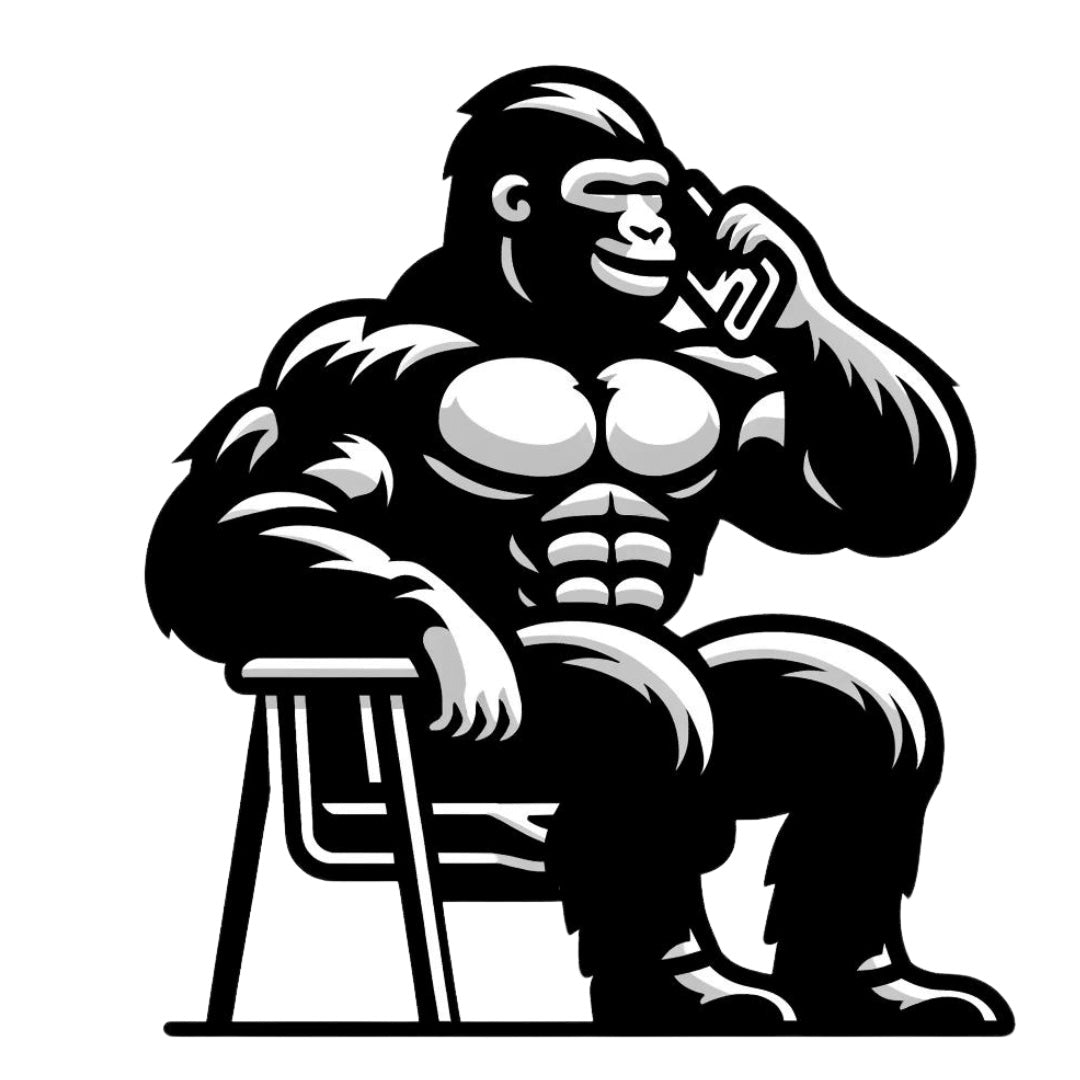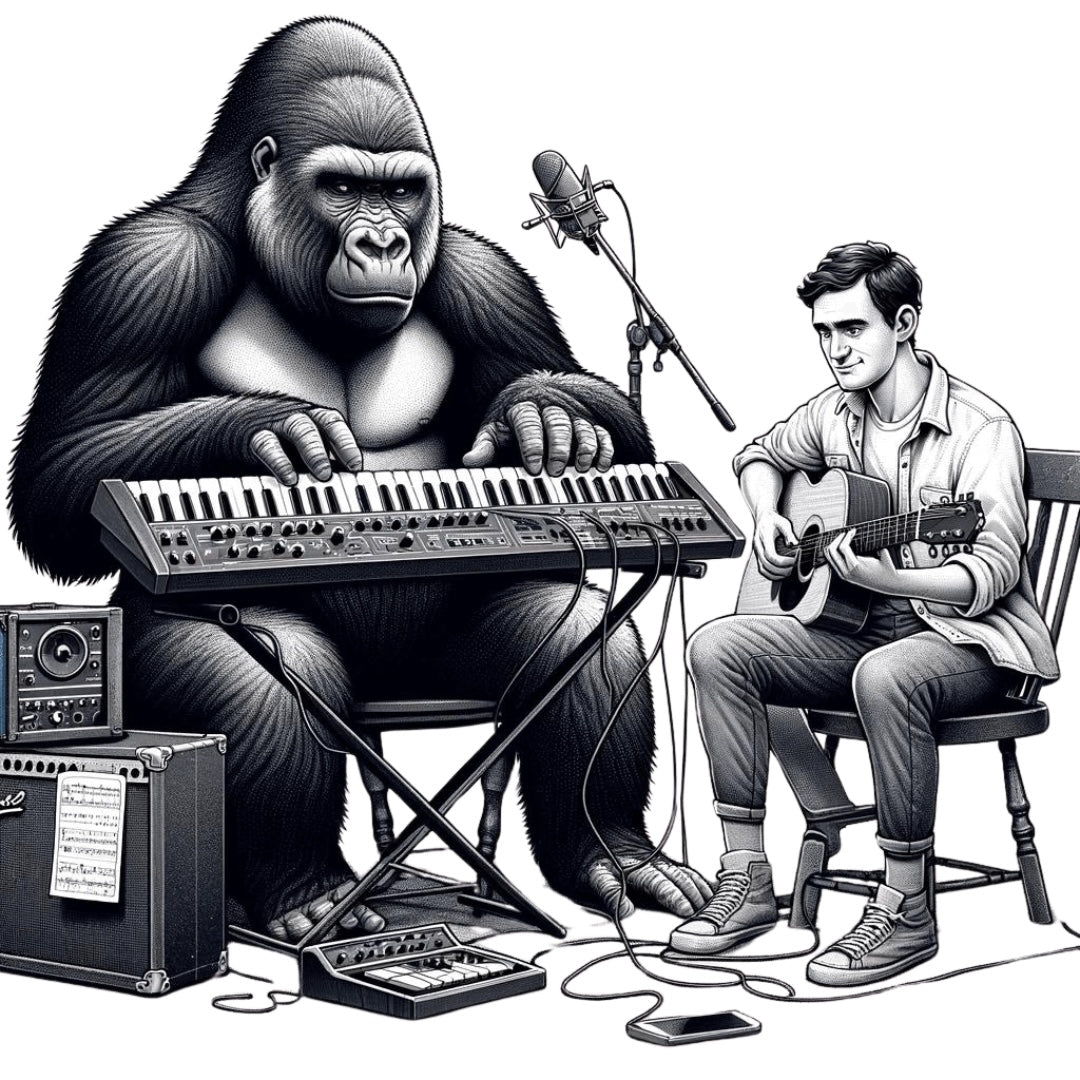Rock n' Roll is Dead: Why electric guitar music is redundant
Written by Pete Armitage
Obscured by a plume of cigarette smoke, hosting a couple of furry Nikki Sixx-esque has-beens, ye olde village guitar shop is fast becoming an archaic institution. Not just because of the monopoly of larger online outfits (as is the case in other retail sectors), but because we’re buying less electric guitars. 500,000 less per year, to be precise according to a 2018 Washington post article.
This dramatic recession of interest in the traditional bread and butter stock of music retailers perhaps reflects a deeper mass disaffection with (electric) guitar music. Let’s be honest, does the virtuoso guitar god of yesteryear have a place in contemporary music?
Knowing your way around waves plugins and the nuances of sidechain compression is far more useful - kids these days just don’t care how fast you can shred. I mean, how was Steve Vai ever taken seriously? He’s a ridiculous ridiculous man. Skilful, there’s no doubt about that, but in a sort of whimsical way, like a roadside juggler or a horse whisperer.

Guitar music doesn’t pay the bills
The electric guitar has been relegated to a backing instrument, merely a side dish to accompany analogue electronic wizardry and the boundless sonic opportunities of digital workstations and plugins. Some say it’s a cumbersome antique which belongs on the late George Bush Senior’s wall alongside his musty taxidermy collection, occasionally taken down at Christmas to show the grandchildren what the olden-days sounded like. I mean, why waste your time learning Metallica tabs when you can learn production and actually pursue an existent career? It’s just not enough to be a really good electric guitarist anymore.
Widen your repertoire, and diversify.
Lack of innovation
Another factor in the decline of the axe is the lack of players pushing the envelope, some argue that everything has been done. Who’s actually broken the rules since Tom Morello? To paraphrase celebrated chef Marco-Pierre White - we live in a world of refinement, not invention.
Matt Bellamy of Muse recently shared his view, ‘The guitar has become a textural instrument rather than a lead instrument,’ he told the BBC. ‘And I think that's probably a good thing.’
Let’s be fair though, he probably is secretly just saying that to avoid being branded a Luddite - terrified of being outed as the antediluvian Richard & Judy he is. As the frontman of a white all-male band whose material has been described using such risqué locutions as ‘stadium’ and ‘anthemic’, he’s probably painfully aware that he looks like a bit of a plonker most of the time and makes a living peddling dad music.
Of course, there’s no doubt that there is still plenty of scope for novel creation using an electric guitar, but really, why bother when the same sounds can be achieved more easily electronically? Electric guitar playing is a little like horse riding - at one time it had practical application, now it’s largely eccentric fanfare for lonely teenagers and countryside folk.

Guitars evoke imagery of acid dads who insisted that their wives take their name
Electric guitar playing is classically a testosterone-fuelled pursuit. Catsuits and bravado are the Stratocaster's stablemates. Finding a self-aware lead guitarist is about as easy as justifying the 2003 invasion of Iraq.
Truthfully, the guitar solo has become a taboo, and rightfully so. It’s an exhibitionist vestige of a colonial past; a phallic celebration of self, a mating call turned swansong for all those blissfully incarcerated within their tumescent egos.
Keep your soloing to the bedroom/Premier Inn please. Along with the rest of your self-gratifying activities.
Recycling of derivative tropes
Unfortunately it’s always the same old blues scales played through a different series of pedals. The only contemporary electric guitarists who actually manage to be cool are those who embrace the above. Those who embrace antiquity. Mac DeMarco described his own instrumental album Some Other Ones as a ‘BBQ soundtrack’. He’s not pretending to break boundaries, he just knows the truth.
The problem is, any guitar bands which try to escape the above truth end up looking like even bigger plonkers than the average electric guitarist. Take Tool for example. They present themselves as intellectual psychonauts, toting realisations of sacred geometry and synchronicity as their prime inspirations. Ultimately they are perpetually stuck in the phase teenage white males go through when they’re 17 and popping acid in their mates’ dad’s garage. Ouija boards and skanky henrys. They think they’ve found the answer on the back of their eyelids. It’s mostly delusional privilege-assisted white spirituality packaged as something real.
Let’s not feel guilty about slandering Tool though. They charge 100 euros a ticket to see them live. Would you pay 100 euros to see a bunch of 50-something bald American men regurgitate their last DMT experience in sonic form? Nah.
It all eventually falls into the Pub rock category
The venues where guitar music will continue to thrive are pubs and dive bars. Smoky subterranean ones where the average age is 50. Mainstream radio has long realised that kids don’t wanna listen to Pink Floyd and its derivatives. But if you want to go get your Dave Gilmour kicks, rest assured you can always make your way down to the local boozer to talk Les Paul necks and whether super or extra slinky strings are better for shredding.
BONUS: A gratuitous list of the silliest lead guitarists for your research pleasure/to consolidate the above points
- Yngwie Malmsteen
- Steve Vai
- Eddie Van Halen
- Joe Satriani
- Chris Impellitteri
DISCLAIMER: (The company director and the author of this piece are both keen guitarists with a deep love for telecasters)
1. https://blog.reverbnation.com/2018/02/06/electric-guitars-decline-in-popularity/
2. http://www.bbc.co.uk/news/entertainment-arts-43126988






